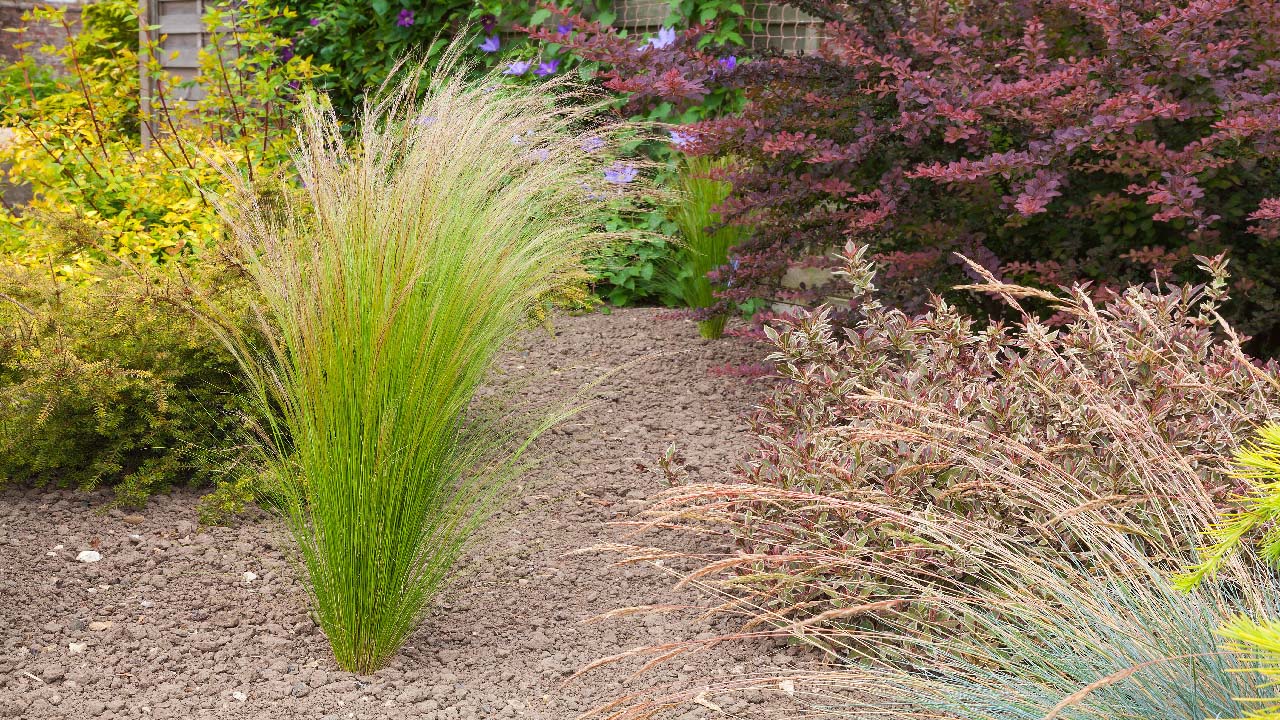7 Tips for Crafting a Drought-Resistant Garden
Oct 19th 2023
Whether you live in an area with frequent droughts or just want your garden to look its best through the heat of the summer, planting a drought tolerant landscape is a great idea. Climate and weather patterns can be unpredictable, so designing your garden around plants that can withstand weeks or even months without water is an investment in the future of your landscape. There are plenty of beautiful plants that can absolutely thrive in dry conditions and help you to conserve water. Read on to learn about some tips to create your own drought tolerant landscape and discover some plants that require little water.
Minimize Lawn Space
Though lawns can be a beautiful and functional space in your yard, they require a lot of water to stay green and vibrant. During a drought, many turf grasses will require irrigation or they’ll turn brown. Adding more garden beds full of drought-tolerant plants is one option to reducing your lawn or even eliminating it entirely.
Use Decorative Hardscape Elements
Adding decorative elements to your landscape can be an excellent way to add style without requiring any extra water. Garden art like sculptures contributes visual interest to the area, while a few strategically placed drought tolerant plants can make the landscape still look lush.
Use Native Plants
Native plants are an excellent part of any landscape, but especially ones in hot, dry locations. Native plants are sure to be well-adapted to the climate conditions of the area and will be able to thrive with the water conditions available. In desert areas, natives will be some of your most drought tolerant plants available.
Use Ground Covers
When soil is exposed, it tends to dry out much faster than when it is covered. Ground cover plants act as a living mulch, covering the soil and keeping the dirt and water in place when it eventually does rain.
Choose Drought-Tolerant Plants
Make the most of plants that require little water to begin with. Using ornamental grasses or plants from the Mediterranean can be a great place to find inspiration. Plants with a long taproot can generally last a while without any extra water, though most plants require some irrigation to get established.
Use Drip Irrigation
If your landscape has a few plants that need extra water, drip irrigation can be an excellent way to conserve the most amount of water while still getting your plants what they need. Annuals like veggies will usually need some water supplementation throughout the season, especially if there are hot and dry conditions.
When choosing a drought tolerant landscape, you will help conserve water while creating a beautiful garden. Check your local nursery for native plants as they will have the best selection for your area. If you need help with drip irrigation visit us at dripworks.com and one of our customer service representatives will be happy to answer your questions.

